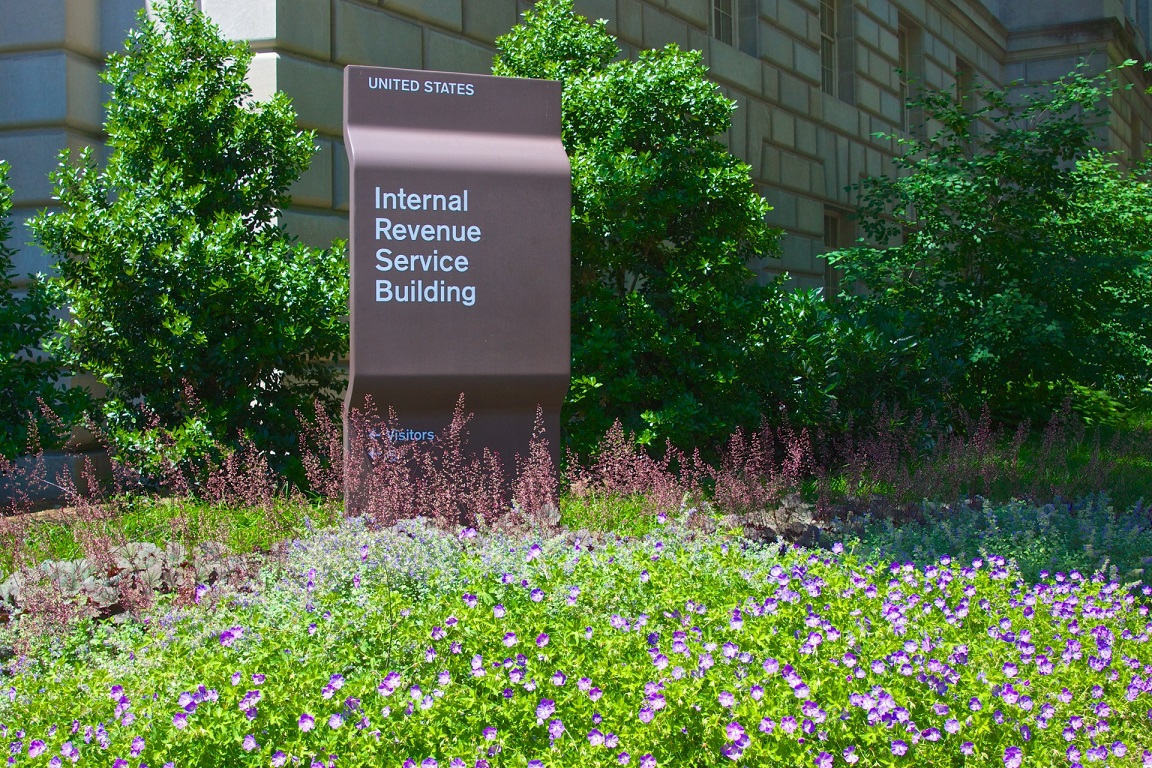Life insurance is a necessity for many families to protect them from the unexpected potential loss of income that could occur with a loss of life. For young families, term insurance is an excellent vehicle to address this risk.
As we get older, we hopefully have generated some wealth and we will have fewer future expenses. At some point, your kids will be out of college, you may have paid off your house, and accumulated a nice size retirement account. Each year, your need for life insurance is reduced, and eventually, you may be able to self-insure the risk of an unexpected death.
Still, I know that many pre-retirees like the idea of having a permanent life insurance policy to leave money for their spouse, heirs, or charity. Unlike a Term policy, “permanent” life insurance may provide a specified death benefit for as long as you keep the policy in force. Obviously, a permanent policy is much more expensive than term insurance. But is it a good rate of return?
It depends on how long you live! The longer you live, the more premiums you pay, and the longer your heirs have to wait to receive a fixed payout. Therefore the return is lower. Here’s an example.
For a 60 year old male in good health, you might pay $8,000 a year for a $500,000 policy. Even if you live for another 25 years, that means your heirs would receive $500,000 and you only paid $200,000 in premiums. That must be a good return, right? Let’s take a look:
$500,000 future payout, cost is $8,000 a year.
Rate of Return
| 10 Years | 32.1% |
| 15 Years | 16.5% |
| 20 Years | 9.9% |
| 25 Years | 6.5% |
| 30 Years | 4.4% |
I would say the return is excellent if you live for 20 years or less. If you live for 30 years or more, you may have more total wealth if instead of purchasing insurance, you had simply kept your $8,000 a year invested. Historically, it has not been very difficult to beat 4.4% over 30 years. So as a long-term investment, I don’t like life insurance. Which brings us back to the primary purpose of life insurance in my mind: to protect against the danger of pre-mature death.
To be fair, the rate of return on insurance is generous because so many policies lapse. When that happens, insurers will have received years of premiums and never have to pay out a death benefit. Other policy holders will borrow from their policies, causing them to deplete and never payout. I believe the majority of people who start a permanent policy will never receive a death benefit because of their own choices.
I should add that getting the best price on a life insurance policy is no easy task. Underwriting for a permanent policy will be rigorous, looking at your health, weight, blood tests, family and occupational history and more. Now, if your premium was higher than $8,000 a year for this hypothetical policy, the rates of return above would obviously be much lower.
My recommendation for most people: get term to cover you until your kids are out of college. For many people, that will be the only life insurance policy they will ever need. There are some good uses for permanent insurance, such as for business succession or estate planning. But it’s not the vehicle financial planners prefer for long-term wealth accumulation.







